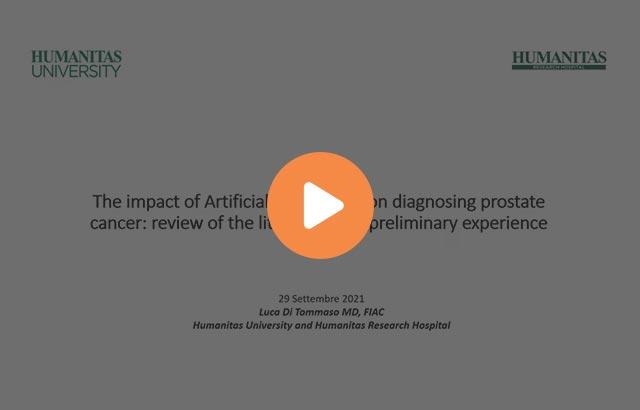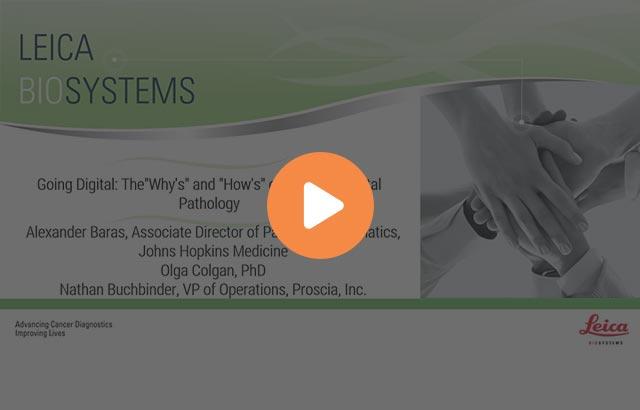
Accurate Monitoring by Specialist Teams Reduces the Time Between Breast Cancer Screening and Initial Surgical Treatment


Background
Over 266,000 women are newly diagnosed with breast cancer every year in the United States, roughly 21% of all breast cancer patients die of the disease annually. 1 Many studies have been conducted to evaluate how delays in diagnosis and treatment can result in adverse patient outcomes. Factors including tumor size and stage, socioeconomic status, race/ethnicity, as well as hospital size and capabilities have been shown to influence outcomes.
Variations in care delivery and turnaround times can be reduced by accurately examining the patient care path from initial screening mammography to first surgical intervention. We have developed a process to optimize timeliness to initial surgical treatment.
Methods
The process starts with observing care delivery from diagnostic mammogram, biopsy, pathology tissue processing, diagnosis and lumpectomy or mastectomy. A team of process and clinical experts (Leica Biosystems) conducted observations to map out current care delivery processes. Standard national metrics for timeliness within the breast care pathway from the National Consortium of Breast Centers’ was applied to the process map to understand national averages as well as best practices. Timeliness data on 5,571 patients from over 250 breast centers across the country from the NQMBC (National Quality Measures for Breast Centers) database was utilized to review time intervals and interdepartmental hand-offs that impact progression through the breast care pathway.
Six sigma, black belt specialists conducted an analysis of current breast center processes, identified specific sites for improvement, integrated their recommendations and completed the cycle by repeat monitoring of the entire process.
Results
Our specialists have reviewed average and ideal overall performance in timeliness to initial surgical treatment. Improvements may be expected from 22%-75% in timeliness to initial surgical treatment.
| Mean * | Best Practice ** | |
| Time from screening to dx mammo | 6.0 | 4.9 |
| Time from dx mammo to bx | 5.9 | 4.1 |
| Time from bx to path report | 2.1 | 1.2 |
| Time from bx to first surgery | 22.6 | 16.9 |
| Total time from screening mammogram to first surgery | 36.6 days | 27.1 days |
*“Mean” is the mean number of business days based on NQMBC July-Dec. 2017 data
** Best Practice is the 75th Percentile based on data in the NQMBC database for July-Dec. 2017
Conclusion
A process to impact the timeliness of care between screening mammography and initial surgical treatment has been developed. Standardized and monitored care delivery processes can result in better efficiency in breast cancer patient care delivery from between 22% - 75%. Using a detailed patient care pathway and black belt specialists to analyze processes, we expect to reduce turnaround times and optimize efficiency across the breast cancer patient’s care pathway.
1 Cancer Facts and Figures 2018; American Cancer Society.
Projections and Realized Results are specific to the institution where they were obtained and may not reflect the results achievable at other institutions.
발표자 소개

Kimberly Byrwa-Neff is a registered nurse with a background in both clinical nursing and in evidence generation in industry. Her clinical expertise lies in cardiology and oncology, specifically breast cancer. As a nurse, black belt in process excellence, daughter of a breast cancer patient, and survivor of breast cancer herself she brings the full patient experience to her work to improve care for breast cancer patients. Kimberly has authored numerous papers and presented improvement in clinical outcomes as a result of working with breast teams across the country.

Related Content
라이카 바이오시스템즈 Knowledge Pathway 콘텐츠는 에서 이용할 수 있는 라이카 바이오시스템즈 웹사이트 이용 약관의 적용을 받습니다. 법적고지. 라이카 바이오시스템즈 웨비나, 교육 프레젠테이션 및 관련 자료는 특별 주제 관련 일반 정보를 제공하지만 의료, 규정 또는 법률 상담으로 제공되지 않으며 해석되어서는 안 됩니다. 관점과 의견은 발표자/저자의 개인 관점과 의견이며 라이카 바이오시스템즈, 그 직원 또는 대행사의 관점이나 의견을 나타내거나 반영하지 않습니다. 제3자 자원 또는 콘텐츠에 대한 액세스를 제공하는 콘텐츠에 포함된 모든 링크는 오직 편의를 위해 제공됩니다.
모든 제품 사용에 다양한 제품 및 장치의 제품 정보 가이드, 부속 문서 및 작동 설명서를 참조해야 합니다.
Copyright © 2025 Leica Biosystems division of Leica Microsystems, Inc. and its Leica Biosystems affiliates. All rights reserved. LEICA and the Leica Logo are registered trademarks of Leica Microsystems IR GmbH.



